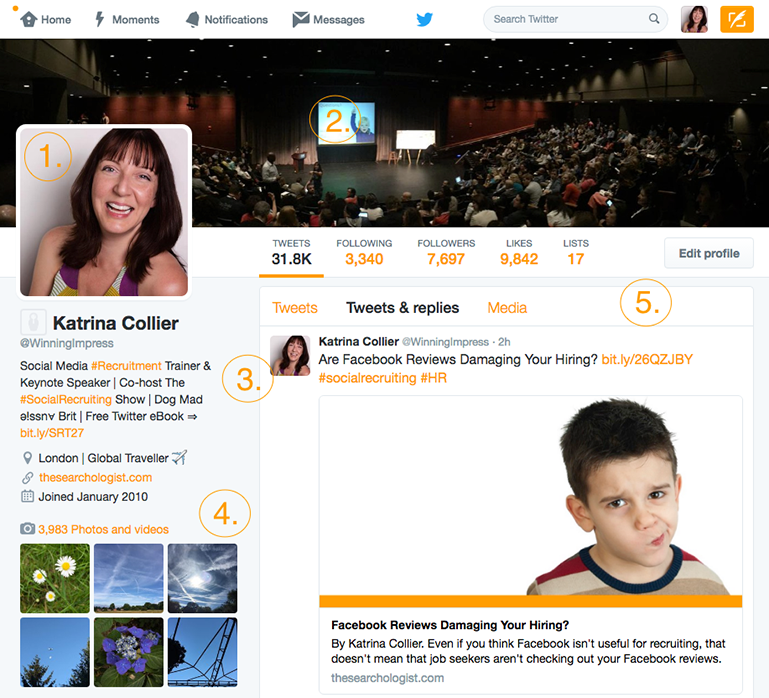Recruiters have been using LinkedIn to network with potential new employees and hire since way back in 2003, when people first started appearing on the channel. Nowadays, it’s hardly surprising that 97% of recruiters still rely on it, but it’s also great to see that 37% are also using Twitter and 35% have branched out to Facebook.
When I talk to my non-industry friends, however, they’re quite shocked to see the reliance recruiters place on social media and to hear about the tools we use to uncover extra information. Few have put much thought into even their LinkedIn profile, unless they’ve been actively searching for a new job, and most think Facebook, Twitter, Instagram etc. are their personal networks for conversation amongst friends and family.
So, given the chasm between their perceptions and our own, is it possible that we’re getting social media recruitment wrong?
I gave some thought to the idea and came up with some do’s and don’ts that may be the key to using these powerful channels more responsibly going forward.
Don’t eliminate a candidate who doesn’t have a social media profile
How many great people do you know who are averse to social media? Even if you think they’re weird for not using it, there are plenty of reasons that people don’t want to create a social footprint.
Just take a second to think about what kind of superstar hires will you miss out on if you use the presence of a social media profile as a deal-breaker.
Even if the role you’re recruiting for requires social media expertise as a core skill, before you relegate an applicant sans social media profile to the ‘pass’ pile, make sure their experiences and accomplishments aren’t enough to convince you otherwise.
Don’t be too quick to judge, dig deeper.
I’m always fascinated watching the faces of my trainees when they first see someone’s profile, be it LinkedIn, Twitter, Facebook or another. Snap decisions are made on profile pictures, spelling mistakes, lack of capitalized proper nouns, and more.
You’ll get more of a feel for the person and their potential fit for you company if you look further. Are they sharing projects? What kind of articles do they read and share? Are they being forced to include standard marketing blurb on their profiles?
Take a more holistic approach to evaluating social profiles; don’t jump to conclusions based on a single element or post.
Don’t rule out for inconsistencies between LinkedIn and a resume
It makes sense that recruiters do this, especially if they receive many applications, but could there be a valid explanation for the inconsistencies?
We know the importance of a LinkedIn profile, but many outside of the recruitment industry do not. Some people simply slap a profile up to have something up and don’t give it too much thought. Alternatively, maybe they quickly updated their resume for submission and didn’t have time to give their profile the same treatment. Be sure that assumptions aren’t costing you a great new employee.
Do use social media profiles as conversation starters
Thanks to smart phones our attention spans have fallen from 12 seconds in 2000 to just 8 seconds in 2016, which means you need to work harder to grab and hold someone’s attention. No longer does an InMail or email guarantee you’ll receive a response.
Spend a few moments and find something they’re not expecting you to know and use it in your conversation or your cold outreach. For example, if you saw a photo of London in a candidate’s Instagram feed and you were looking for someone to relocate, you could start with, “Great photo you have of Tower Bridge on Instagram; did you like London?”
This kind of personalized approach works far better than simply inserting someone’s name in the salutation of your message.
Do you use your own social media profiles to attract jobseekers!
If you are looking to recruit people with highly sought-after skills, it’s likely that they’ll take a moment to check YOU out before they reply. Do you look like someone worth talking to? Would you reply to you?
Be sure to add a great profile picture, one where you look approachable (some people look so angry!). Fill out your bios and summaries to make it easy for people to work out what you are about quickly (remember those 8 seconds). Share the latest news from your company; no longer does it need to be formal and corporate-sounding. Let people see your people and what it’s genuinely like inside—it’s okay for people to deselect themselves too and opt out of applying for your job (in the long run these people may have failed to culturally fit in anyway). Here’s how I’ve put mine together.

And if you’re a small business, check out my post on 5 Ways Small Businesses Can Use Social Media to Make Better Hires.
 MightyRecruiter
MightyRecruiter




Leave a Reply